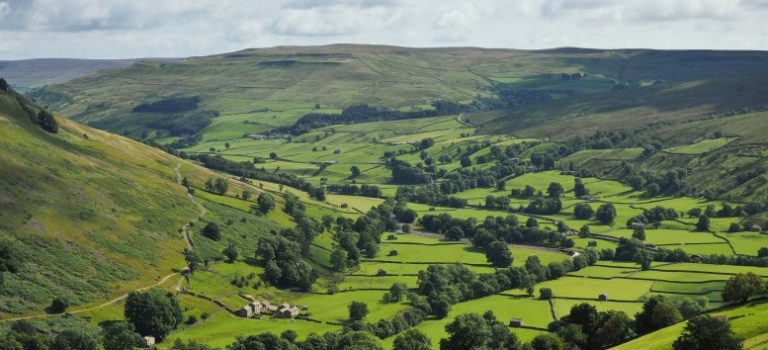The co-living model is developing fast in the USA. There are new entrants all over mainland Europe. And now we see that a German company has secured €1bn to invest in 35 co-living properties creating space for 6000 residents over the next 5 years. The press release states that developments will be located in Austria, Spain, Switzerland and Poland. So what about the UK?
We believe there is another, more agile, way to bring capacity on stream more quickly. To start earning those returns and enable, fast organic growth. To rapidly respond to the changing customer demands. To create a quality, aspirational, socially and environmentally beneficial product accessible to many, many more potential customers. To actively expand the product reach and give local communities decentralised social and economic empowerment.
Properly delivered, co-living has the all qualities to empower genuine social and economic change not just in large cities but everywhere. It is time the UK committed to co-living in a BIG way with vision and ambition.
#coliving #property #propertyinvestment #propertydevelopment






